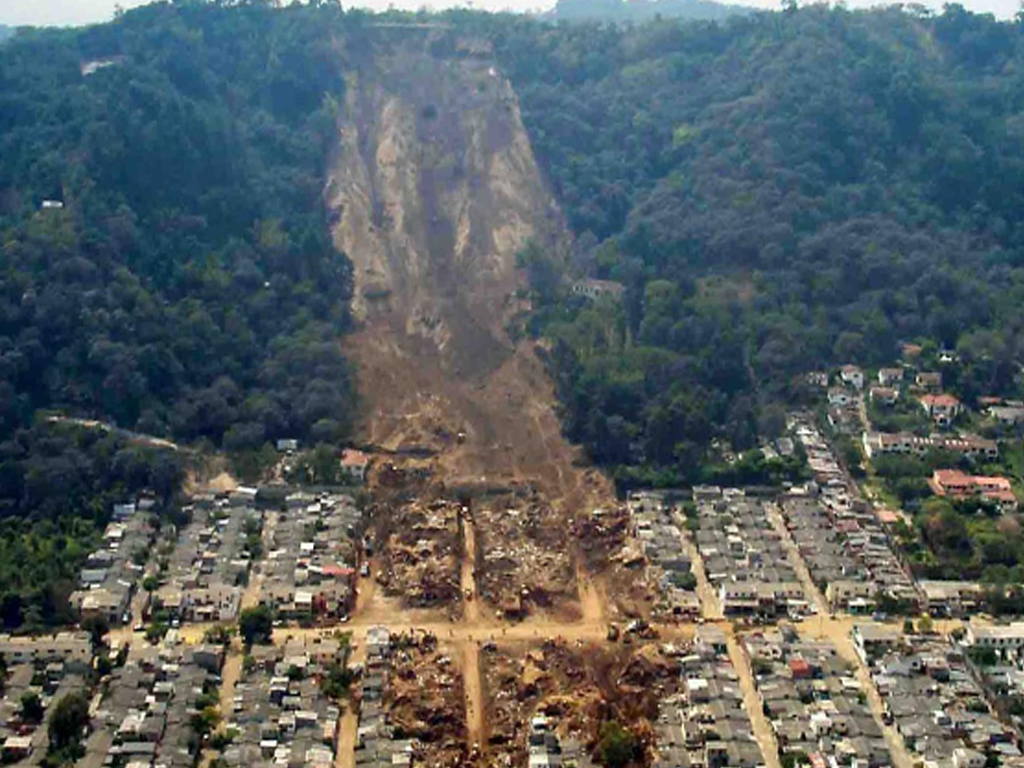
Earthquakes: an in-depth look at these natural events
The types, causes and danger of these natural events
Earthquakes will always cause terror. They represent the kind of event that is not only very complicated to predict – practically impossible in some cases – but can also represent events of such destructive force that they kill thousands of hundreds of people or make them homeless for the rest of their days.
But what are the various types of earthquakes that can really damage and destroy our daily lives? Let us look at a few examples and some more information.
The depth, and what it means for the epicentre
Sometimes the question becomes obvious: can depth be a crucial aspect in an earthquake? Many people think that a deeper earthquake is capable of causing more damage, but the truth is quite the opposite. Although a deep earthquake can still cause a lot of doubt as to where the next one will strike, the most destructive earthquakes are currently the ones that tend to be felt closer to the surface. The closer an earthquake is to the surface, therefore, the greater the damage, and it can make rescue efforts difficult as the ground can also split and move.
There are only two types, but there are many causes
To answer the main argument: there are two types, subsultory and undulatory. The first type of earthquake shakes everything vertically (from top to bottom) and often occurs in the area of the epicentre. On the other hand, the undulatory earthquake – which is also the most dangerous – moves everything from left to right (and vice versa). In the latter case, it is very important to follow emergency procedures.
However, there are different causes for which an earthquake takes place. For example, earthquakes of a tectonic nature occur due to the movement of faults, they are the most classic and also the most powerful. Then there are those of a volcanic nature, which always occur in the vicinity of active volcanoes and are less powerful. Collapsing earthquakes, on the other hand, occur due to landslides in the mountains – and are again a localised event. Man-made earthquakes, caused by explosions or even other singular elements, can be man-made (e.g. an atomic bomb can cause a magnitude 3.7 earthquake).
As far as magnitude is concerned, it is simpler: you go by different scales, and the higher the severity, the more dangerous the tremor. For example, in view of an earthquake of magnitude 7 and a depth of 10km in Alaska, the coast guard was warned to keep an eye out for a tsunami danger – because these quakes can have just so many consequences.


